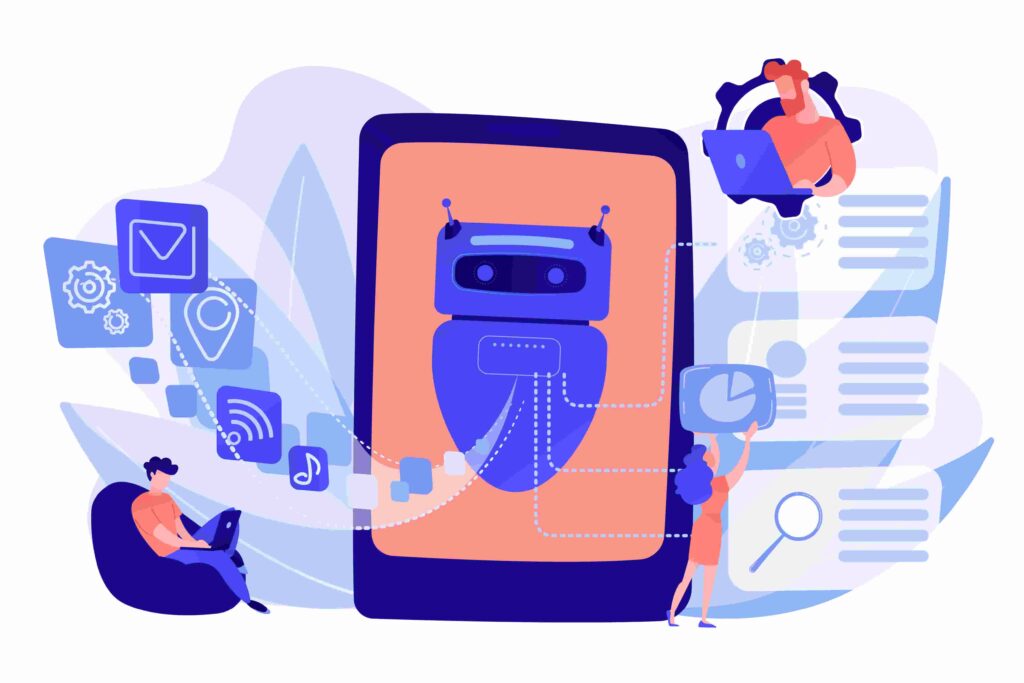Customer experience is one of the key differentiators of a successful business. Therefore, it’s important to consider aspects of your company that can affect customer satisfaction. Today, we will discuss the impact of AWT and AST on sales.
Learn how to identify bottlenecks and turn challenges into growth opportunities for your company. So, don’t miss any detail of this article!
What is AWT?
Average wait time (AWT) is a critical metric for the customer service and customer support. As the name suggests, it indicates the average time a customer waits for service or support.
Therefore, it’s an essential metric for evaluating the efficiency of communication with the consumer. After all, companies that take too long to respond to a contact, whether from a customer or a potential lead, make a bad impression.
What is AST?
Average service time (AST) is the time it takes for an agent to resolve a customer inquiry. It begins when the service is initiated and ends when the service is completed.
Therefore, the AST calculation considers the time from the initial answer to the customer’s call to the end of the service, including wait times for inquiries and if the call is transferred.
Then we can say the AST varies according to the complexity of the customer request. Despite that, it’s one of the most important metrics to evaluate the quality of customer service and support.
This is because it reflects the efficiency of the team in ensuring customer satisfaction. In this scenario, it’s important to maintain a balance in task management. After all, an overloaded team serving multiple customers at the same time is more likely to take longer to resolve a request.
Therefore, the idea is to keep the AST as low as possible without compromising the quality of service provided to customers.
Relationship between AWT & AST and customer experience
A study conducted in 2022 by Hibou, a company specialized in market and consumption survey and monitoring, showed that 53% of Brazilian consumers consider customer service as the most important factor to ensure customer loyalty in a company.
Then, AWT and AST are considered critical metrics that directly affect the customer experience. For example, a long AWT can cause frustration and anxiety, which can damage the customer’s overall perception of the service.
Long wait times are associated with inefficient service, leading consumers to share their experiences with friends and post them on social media, resulting in a negative impact on brand reputation.
A very high AST is a sign of long resolution times or ineffective service, leading to low customer satisfaction, especially if the customer feels the issue is not resolved quickly.
How can slow service affect sales?
Now that you understand the concept of AWT and AST, it’s time to talk about the big impact they have on sales. Customers who experience long waiting times or long service times become frustrated and impatient.
After all, with the democratization of the internet, the customer of the future tends to expect faster resolution. If their issues are not resolved quickly, they may abandon the buying process or even terminate the relationship with the company.
In either case, whether due to lost sales, a decrease in the average ticket, or churn, the result is the same: a negative impact on revenue. In addition, a poor service experience leads to negative reviews on social media and review sites.
Inefficient service also causes customers to question the company’s capabilities. In other words, it reduces trust in the products and services offered. Therefore, a tarnished reputation scares away potential customers, negatively impacting sales in the long run.
How can you reduce AWT and AST?
Now that you know about the importance and impact of AWT and AST on sales, you should know how to reduce these metrics. First, get a complete view of your customer service department.
Understand where most calls are coming from and what’s causing them. Then, use customer service management systems, such as Milvus, which provide real-time service measurements.
These systems allow you to identify the AWT and AST of each department and of each agent. Then, managers can perform a more detailed analysis to see if the delays are caused by:
- Lack of agent training;
- Problems with department processes;
- Product/service issues;
- Lack of technology tools.
After this thorough analysis, it’s time to implement the right solutions.
If you need to reduce service time caused by excessive L1 customer service, an AI chatbot is ideal for freeing up human operators. After all, it allows you to configure complete service flows and is powered by your company’s knowledge base.
In other words, it will provide the right answers in line with your core business. However, if the problem is caused by the challenge of managing multiple email inboxes, WhatsApp numbers, as well as loss of information, investing in an omnichannel system will save agents and managers a lot of time.
This type of platform centralizes all service requests from all contact channels in one place. Not to mention that it allows multiple agents to interact with the same customers using the same system.
This way, the customer history is stored in one place, which can be accessed by managers to validate the quality of service. And, of course, service time information is automatically used in reports to support management decisions.
You can use our convenient solutions to ensure team organization and route each conversation to the appropriate department. You can prioritize conversations and assign tickets to track the contact from start to finish, increasing the productivity of agents.
Manage your support service across multiple channels, including phone, WhatsApp, chat, email, online form, and more in a single system.







